#masanori umeda
Text
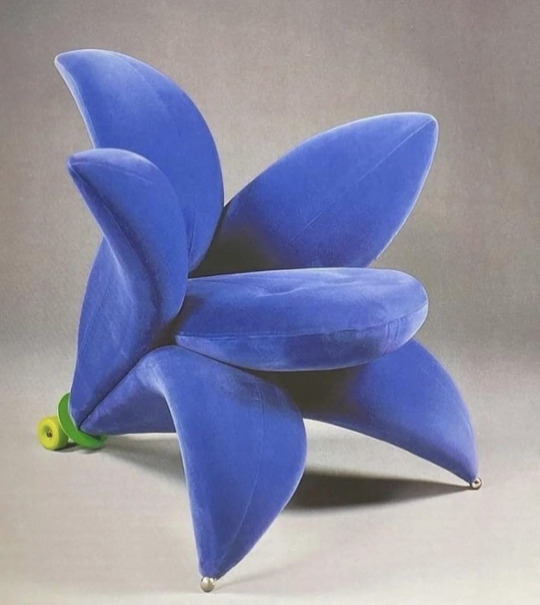
Masanori Umeda: Getsuen Armchair (1990)
2K notes
·
View notes
Text

‘Getsuen Armchair’ by Masanori Umeda for Edra (1999)
#masanori umeda#flower#flower power#flowercore#flora#floral#furniture#aesthetic#cottagecore#lovecore
25 notes
·
View notes
Photo
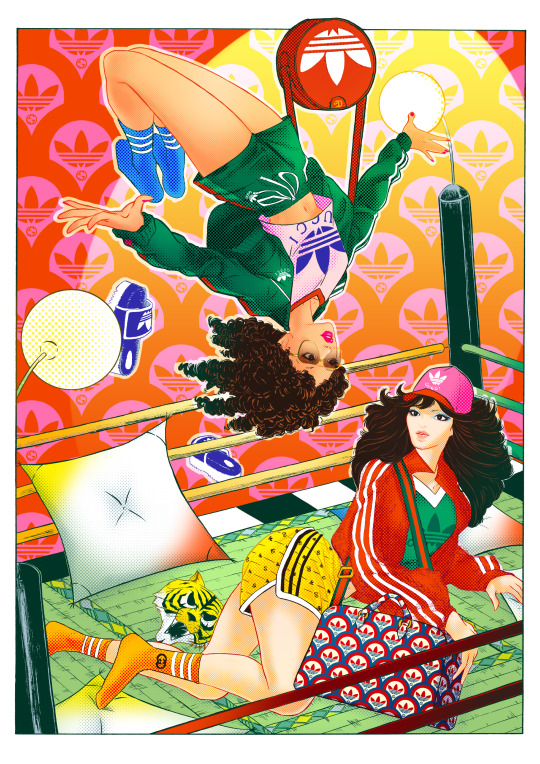
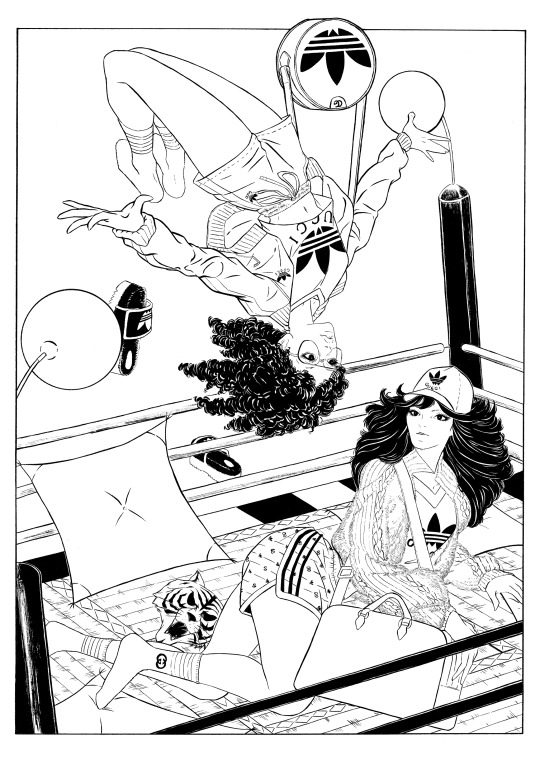



Adidas VS Gucci, B4 Size. Japanese Brushes and Black Ink on Paper, Digital colours.
My submission for @drawadot open call for #adidasXGucci collection @gucci @adidasoriginals
#drawadot#drawadotadidasxgucci#gucci#adidas#pro wrestling#shootingstarpress#tawaraya#boxing ring#memphis milano#tatami bed#masanori umeda#畳#タイガーマスク#グッチ#アディダス#baronetto#memphismilano#梅田正徳
8 notes
·
View notes
Photo




Fun seating from Musée des beaux-arts de Montréal. #2-4 were donated by Joseph Menosky in memory of his wife, Diane.
1. Getsuen Armchair designed by Masanori Umeda, 1990
2. Mela Chair designed by Piero Gilardi, 1971
3. La Cova Sofa, designed by Gianni Ruffi, 1973
4. Libro Chair, designed by Gruppo DAM/Studio Gruppo 14, 1970
134 notes
·
View notes
Text
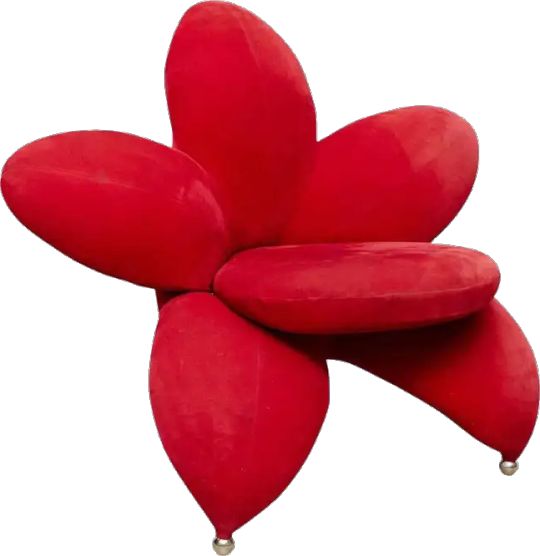

masanori umeda getsuen chairs
1 / 2
9 notes
·
View notes
Text

Bridgestone by PAOS and Masanori Umeda, 1984
Super-charge your brand research:
www.brandarchive.xyz
Discover thousands of historical logos:
www.logo-archive.org
Read logo histories:
www.logohistories.com
3 notes
·
View notes
Photo
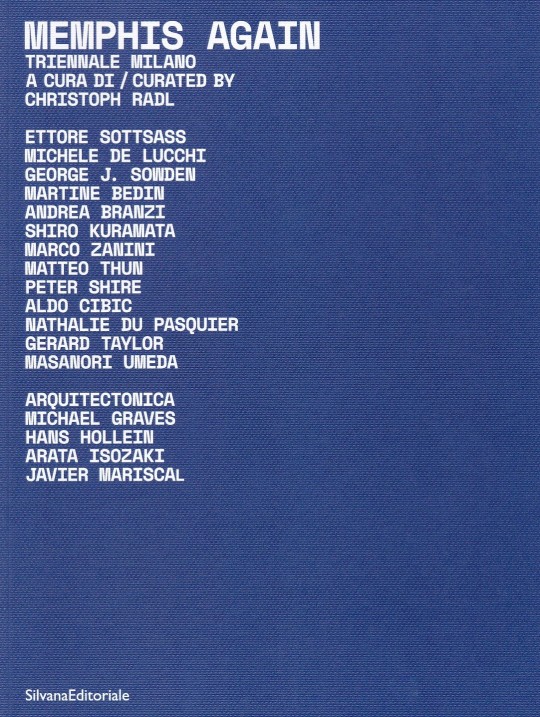
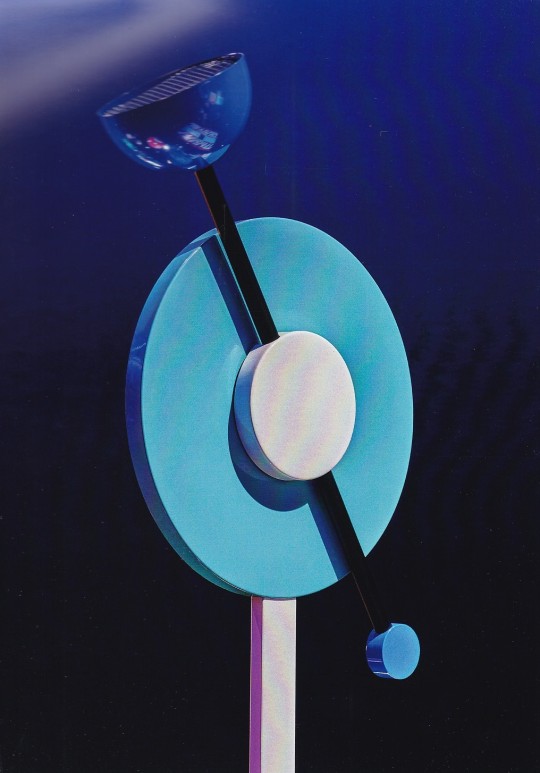


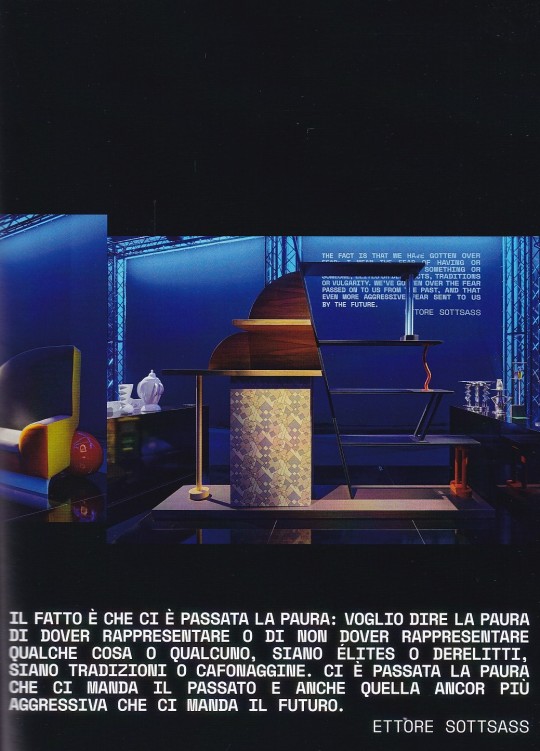





Memphis Again
Triennale Milano
a cura di / curated by Christoph Radl
Silvana Editoriale, Cinisello Balsamo 2022, 64 pagine, 60 ill., Brossura, Italiano/Inglese, 19 x 25 cm, ISBN 9788836652716
euro 22,00
email if you want to buy [email protected]
Milano, Triennale dal 17 Maggio al 12 Giugno 2022
Il volume accompagna la mostra omonima, in cui vengono presentati oltre duecento tra mobili e oggetti realizzati tra il 1981 e il 1986 per la collezione Memphis. Memphis è stato un collettivo italiano di design e architettura fondato da Ettore Sottsass, attivo tra il 1981 e il 1988 e affermatosi come uno dei massimi esponenti della scena postmodernista degli anni 80 del XX secolo. La fondazione del collettivo fu il risultato di un lungo percorso iniziato all’Olivetti di Ivrea, dove Ettore Sottsass aveva incominciato a coordinare la progettazione alla fine anni cinquanta, e proseguito e approfondito con le ricerche nell’ambito dell’architettura radicale negli anni sessanta e settanta a Firenze e in Europa. Ma la visione di Memphis era propositiva. Aggirava le posizioni critiche della poetica radicale che aveva funzionato da incubatrice per le nuove proposte confermando in modo esplicito un desiderio di cambiamento e aggiornamento del linguaggio non solo milanese ma internazionale.
designers : Ettore Sottsass, Michele De Lucchi, George J. Sowden, Martine Bedin, Andrea Branzi, Shiro Kuramata, Marco Zanini, Matteo Thun, Peter Shire, Aldo Cibic, Nathalie du Pasquier, Gerard Taylor, Masanori Umeda, Arquitectonica, Michael Graves, Hans Hollein, Arata Isozaki, Javier Mariscal.
21/07/22
orders to: [email protected]
ordini a: [email protected]
twitter: @fashionbooksmi
instagram: fashionbooksmilano, designbooksmilano tumblr: fashionbooksmilano, designbooksmilano
#Memphis#Ettore Sottsass#design exhibition catalogue#Triennale Milano 2022#Michele De Lucchi#Nathalie Du Pasquier#Aldo Cibic#design booksmilano#fashionbooksmilano
16 notes
·
View notes
Photo

masanori umeda, getsuen lily chair
2 notes
·
View notes
Text
Summary, Week 12
Computers have, in one form or another, been around for a very long time. Mechanisms like the Antikythera mechanism, or the Curta calculator show that our ability to use devices to extend our mathematical abilities and understand, interpret, and record complicated realities has been with us for centuries. During World War 2, mechanical computing devices took huge steps forward to help break codes. The Harvard Mark 1, developed at this time, was in non-stop operation from 1944 through 1959. Vacuum tubes replaced gears, and then transistors replaced vacuum tubes, and then circuit boards came along to refine the technology into what we now recognize as computing.
Electronics created problems for designers, as time-honored thinking about the relationship between form and function no longer applied. With function being dematerialized, designers struggled to find new considerations for form language like emotion and narrative and even humor. "Product Semantics" is the fancy term we use to talk about this effort to infuse design with layers of narrative in the absence of mechanical constraints. The use of electronics was easy to find in toys in the late 1970's. As circuit boards transformed other objects, designers began to realize the importance of operational sequences, and new kinds of interfaces that could explain the mysterious operations of a screen-and-button object.
Because design began to be more focused on external form, designers became known for their personal, sculptural form sensibilities. From the Memphis movement in the early 1980s to the Alessi Coffee and Tea Piazza series to Philippe Starck in the 1990s to Marc Newson and Ross Lovegrove today, the era of the Celebrity Designer was born.
Computers challenged designers' abilities to house electronics in designed objects with some sort of logic. They also allowed a new approach to design with the introduction of CAD and CAM systems. Early CAD setups were expensive and limited, and as a result useful in only a few environments. As personal computers became more sophisticated in the 1980s, more professions began to develop computer assisted design tools. When Hollywood began creating 3D animations, putting skins over the wire form drawings, and creating controlled lighting effects, CAD began to resemble what we still use today for design. Because CAD software is inherently math-based, designers were (and still are to a lesser extent) forced to compromise their form language and arrive at a frequently clumsy hybrid of personal expression and geometry.
In a fevered attempt to end with an example of design gone RIGHT, I crashed the class into Smart Design and OXO. Sam Farber spent a lifetime in kitchenware design (Farberware, Copco). His last company was OXO, founded to distribute ergonomic kitchen tools designed in partnership with Smart Design. This was, and continues to be, a happy and successful combination of everything we looked at this semester. Now it is your turn…
Designers and other useful names Included:
Archimedes
Joseph Marie Jacquard
Curt Herzstark
Hartmut Esslinger/frogdesign
Susan Kare
Jonathan Ives
Leon Theremin
Isamu Noguchi
Mario Bellini
Dietrich Lubs
Nobutoshi Kihara
Martin Cooper
Ettore Sottsass
Graham Hinde
Klaus Krippendorff
Lisa Krohn
Tucker Viemeister
Leslie Fontana
Ideal Group
Donald Booty Jr.
Technology Design
Michael Graves
Ronald Lytel
Donald Booty Jr
Philippe Starck
Luigi Colani
Ivan Sutherland
Patrick Hanratty
Anna Castelli Ferrieiri
James O'Halloran/Kevin Foley
Peter Schneider
Jürgen Greubel
Marc Newson
Karim Rashid
Guido Ventorini
Alessandro Mendini
Mattia di Rosa
Stefano Giovannoni
Ross Lovegrove
Konstantin Grcic
Marco Zanini
Masanori Umeda
Michele De Lucchi
Martine Bedine
Giovanni Alessi
Alberto Alessi
Carlo Alessi
Aldo Rossi
Kazumasa Yamashita
Charles Jencks
Oscar Tusquets
Stanley Tigerman
Richard Meier
Hans Hollein
Robert Venturi
Yves Béhar
Naoto Fukasawa
Sam Farber
Michael Lax
Smart Design (Tucker Viemeister)
There were many more:
Jack Kilby, Jerry Merryman, James Van Tassel
Howard J. Morrison
Ralph Baer
Rüdiger Bachorski
Robert Nakata
Paul Montgomery
William Wurz
Till Winkler
Duy Phong Vu
Björn Kling
Steve Vordenberg, Allen Zadeh, Arsenio Garcia
5 notes
·
View notes
Text

Sleep with me (Masanori Umeda x Gustave Courbet).
0 notes
Text
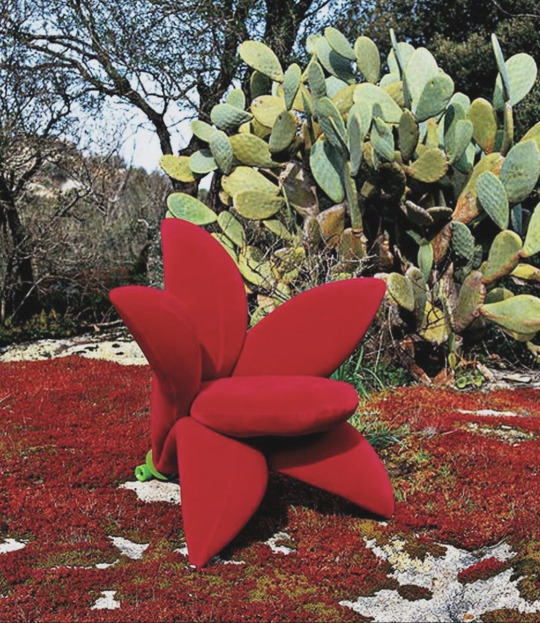
Masanori Umeda: Getsuen Armchair (1999)
#Masanori Umeda#Getsuen Armchair#armchair#design#furniture#red#chair#japan#flower#nature#interior design#1999
456 notes
·
View notes
Text

‘Getsuen Armchair’ (1990) by: Masanori Umeda
#gardencore#furniture#design#flower#floral#flora#flowercore#fairycore#fairy aesthetic#forestcore#forest aesthetic#weirdcore#things#cottagecore#flowers#flower power#floralcore#florals
1K notes
·
View notes
Text

Getsuen Chair by Masanori Umeda
107 notes
·
View notes
Photo
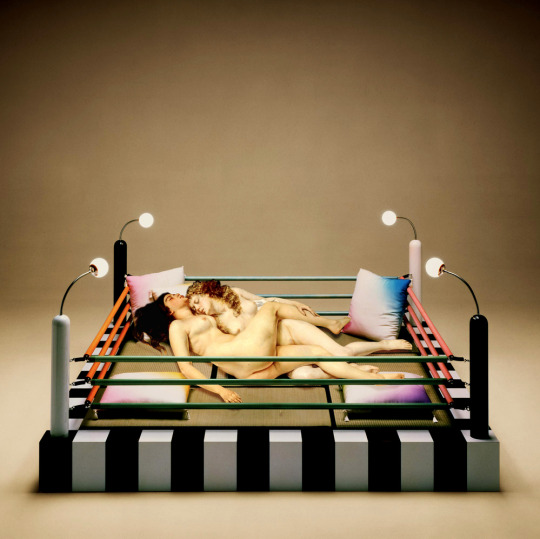
Sleep with me (Masanori Umeda x Gustave Courbet), a mashup by The Queer Architect
© Masanori Umeda, Tawaraya Boxing Ring, 1981; Gustave Courbet, Sleepers, 1866
194 notes
·
View notes


